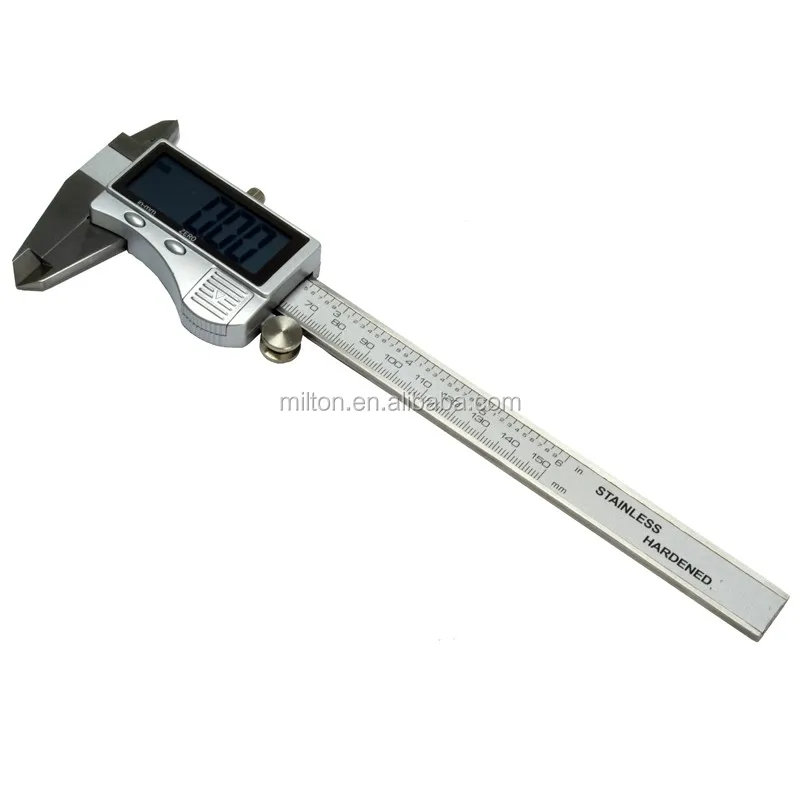

- #Screen calipers 4.0 serial serial#
- #Screen calipers 4.0 serial plus#
- #Screen calipers 4.0 serial free#

Precordial TWI are more sensitive, but lack specificity as they are often present in other diseases such as ischemic or congenital heart disease. Whereas TWI in V1- V2 or in V4, V5, or V6 are a minor criterion for ARVC/D, epsilon waves constitute a major criterion owing to the fact that epsilon waves are rather specific for ARVC/D. TWI in inferior leads have recently been proposed as valuable diagnostic and prognostic markers in this entity, but have not been incorporated in the TFC.
#Screen calipers 4.0 serial serial#
Recent data suggests that diagnostic features of ARVC/D such as epsilon waves and T wave inversions (TWI) may disappear on serial ECG evaluations during follow-up, although ARVC/D is generally considered an irreversible and progressive cardiomyopathy.
#Screen calipers 4.0 serial plus#
It is borderline if 1 major and 1 minor or 3 minor criteria are present, and it is definite if 2 major or 1 major plus 2 minor or 4 minor criteria are present. The diagnosis is possible if 2 minor criteria or 1 major criterion are present. 12-lead surface electrocardiographic (ECG) repolarization abnormalities 4.
#Screen calipers 4.0 serial free#
Global or regional dysfunction and structural alteration of the RV visualized by echocardiography, cardiac magnetic resonance tomography, or RV angiography 2.Tissue characterization of the RV free wall by endomyocardial biopsy 3. The diagnosis of ARVC/D according to the 2010 Task Force Criteria (TFC) is based on six categories with major and minor criteria in each. ARVC/D can manifest with multiple facets ranging from primarily ventricular tachyarrhythmia to biventricular heart failure that may eventually lead to heart transplantation or cardiac death.

The disease is a common cause of sudden cardiac death among young adults and athletes. Furthermore, the presence of T wave inversions in inferior leads is common in ARVC/D.Īrrhythmogenic right ventricular cardiomyopathy/dysplasia (ARVC/D) is an inherited heart muscle disorder characterized by fibro-fatty infiltration of the right ventricle (RV).

Repolarization abnormalities may disappear during the course of the disease. Our data supports the concept that ARVC/D is generally progressive, which can be detected by 12-lead surface ECG. T wave inversions in inferior leads were common (36% of patients at baseline), and were significantly associated with major repolarization abnormalities (p = 0.02), extensive echocardiographic right ventricular involvement (p = 0.04), T wave inversions in lateral precordial leads (p = 0.05), and definite ARVC/D (p = 0.05). Six patients with repolarization abnormalities according to the 2010 Task Force Criteria at baseline did not display these criteria at follow-up, whereas in all patients with epsilon waves at baseline these depolarization abnormalities also remained at follow-up. follow-up 31%, p = 0.01) and QRS duration (111 ms vs. ECG progression was significant for epsilon waves (baseline 14% vs. The median follow-up was 4 years (IQR 1.9–9.2 years). Methodsīaseline and follow-up ECGs of 111 patients from three tertiary care centers in Switzerland were systematically analyzed with digital calipers by two blinded observers, and correlated with findings from transthoracic echocardiography. The aim of this study was to assess 12-lead surface electrocardiographic (ECG) changes during long-term follow-up, and to compare these findings with echocardiographic data in our large cohort of patients with ARVC/D. However, data on the clinical features of disease progression are limited. Arrhythmogenic right ventricular cardiomyopathy/dysplasia (ARVC/D) is considered a progressive cardiomyopathy.


 0 kommentar(er)
0 kommentar(er)
